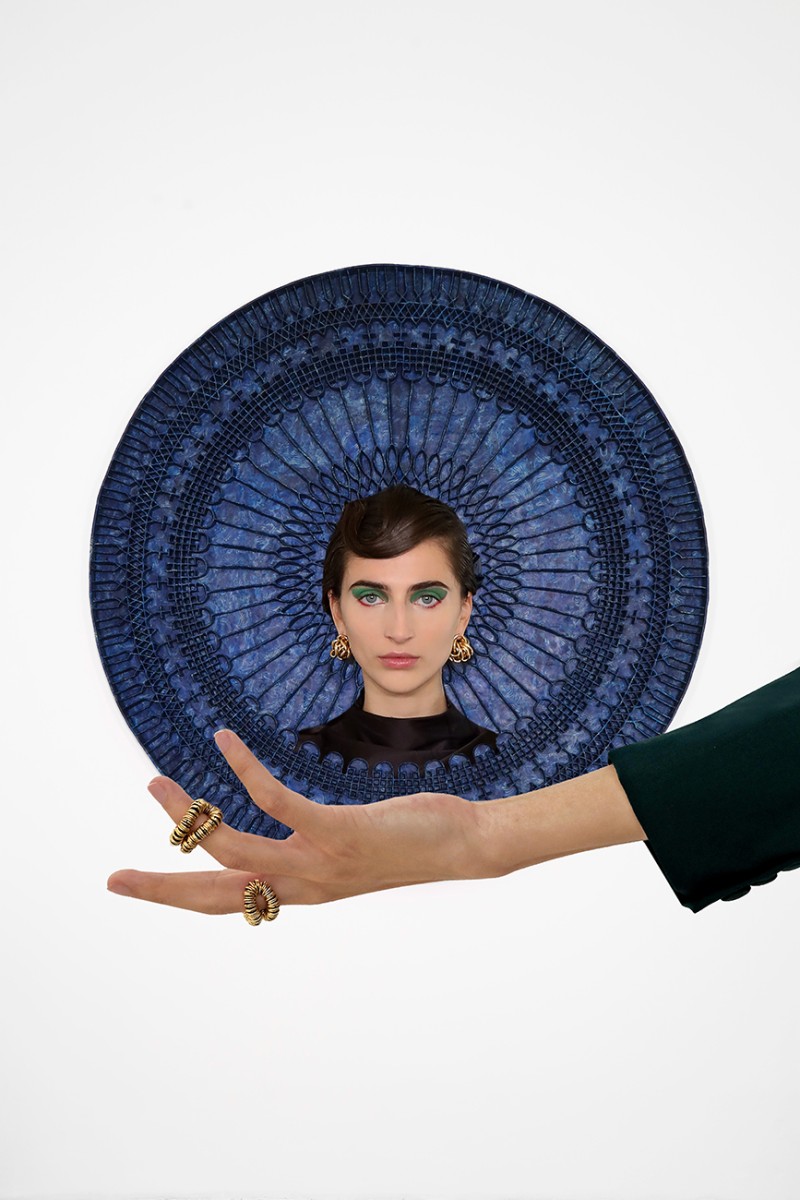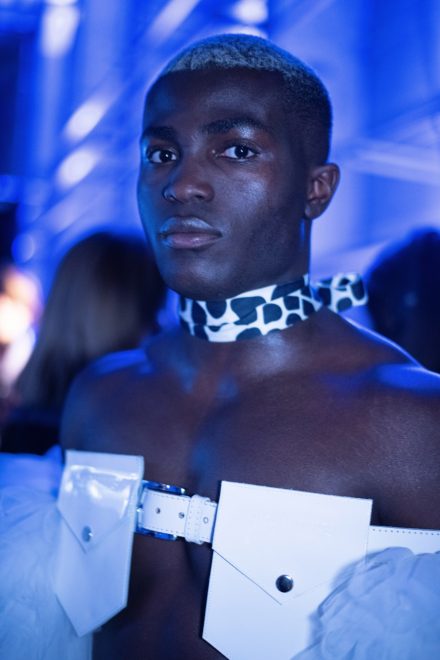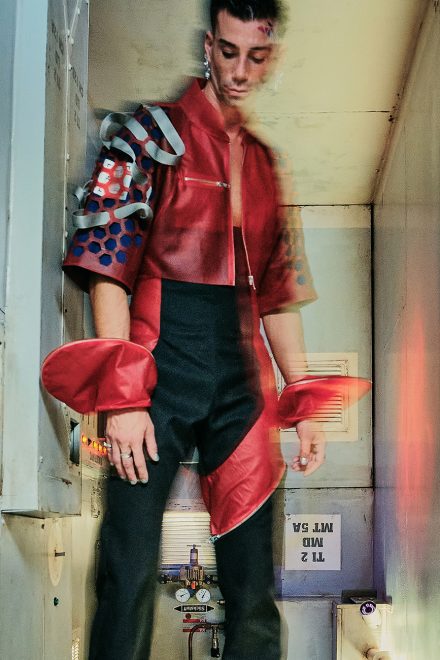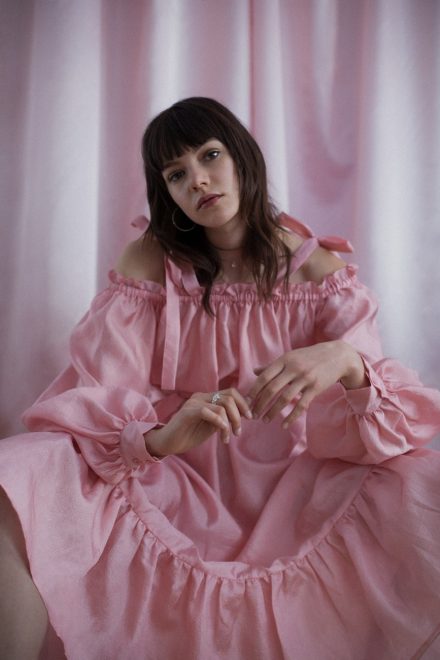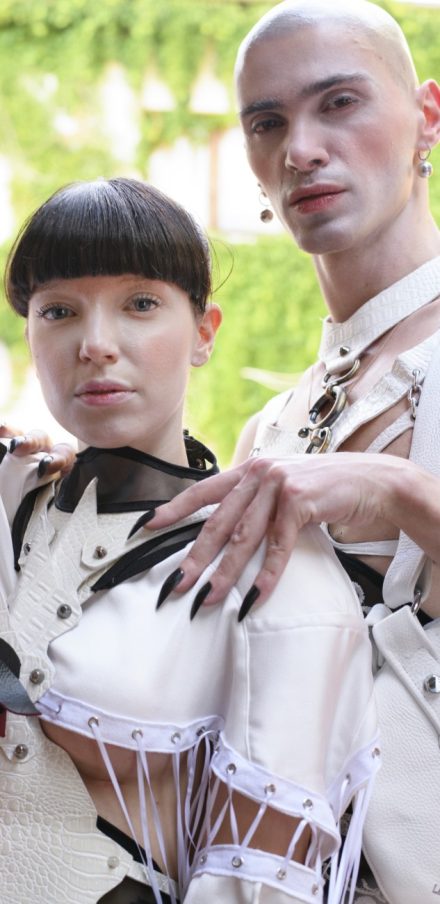We spoke to designer Benedetta Cresta about her latest collection, sources of inspiration and reflections on the Italian fashion industry
Anointed by travel writers as ‘Campania’s beating heart‘, Irpinia is acclaimed for its luscious rolling hills and valleys speckled with medieval castles, ruins and vineyards. The picturesque hilltop villages might seem like an idyllic place to grow up, but designer Benedetta Cresta couldn’t wait to move on to greener pastures. “In Irpinia, my dreams always seemed too big”, explained the 25-year-old designer.
After finishing high school, she packed her bags and headed West to Campania’s capital to study Fashion Design at Naples Academy of Fine Arts. “But once again, I had this feeling of being too constricted,” she sighed. In 2021, she relocated to Florence to begin her MA in Collection Design at Italy’s infamous fashion school, Polimoda.
Since graduating, Cresta has secured work in Milan as a backstage stylist for Gucci and as a producer/stylist for Fattura Studio, which offers creative direction, photography and styling services. The Fattura Studio team comprises founder Sarah Venturini, Claudia Chiarolanza and Cresta. All three women have roots in the fashion world but pool their varied expertise into “making magic together”. When she is not styling, producing or tailoring garments for the studios, Cresta spends her time designing her own garments.
Shot at the SECCI Gallery in Florence, her most recent collection Agoraphobia urges us to consider that the spaces that feel safe can also prevent us from growing. Agoraphobia derives from the ancient Greek word ‘agora’, an open public space used for assemblies and markets. Those who are agoraphobic are fearful of being in situations that could be difficult to escape or not being able to seek help if something goes wrong. Cresta’s drive and efforts to venture out of her comfort zone elucidate her interest in exploring this concept in her latest collection.

Œ: Can you recall what made you want to pursue a career in fashion?
Cresta: There was no particular starting point. I don’t remember exactly when I decided to work in fashion or if there was ever a time when I only considered becoming a designer. I grew up in my mother’s atelier, and since I was little, I’ve been trying to breathe life into the ideas in my head. I guess it’s my language. I’m able to express myself with garments.
Œ: Although you’re still in the early stages of developing your brand, have you decided what core values will shape it?
Cresta: The values that I carry forward as a person in my everyday life are the same I would like for my brand in the future. I believe honesty can save the world! Being honest is not something we should take for granted. Origins are the pillars of our lives. We should never forget them. As children, we are full of curiosity. Yet, somehow, we forget this. Curiosity does not prevent us from growing or getting to know each other better. It does not give us a single vision. I continuously try to be in a state of constant evolution and exploration.
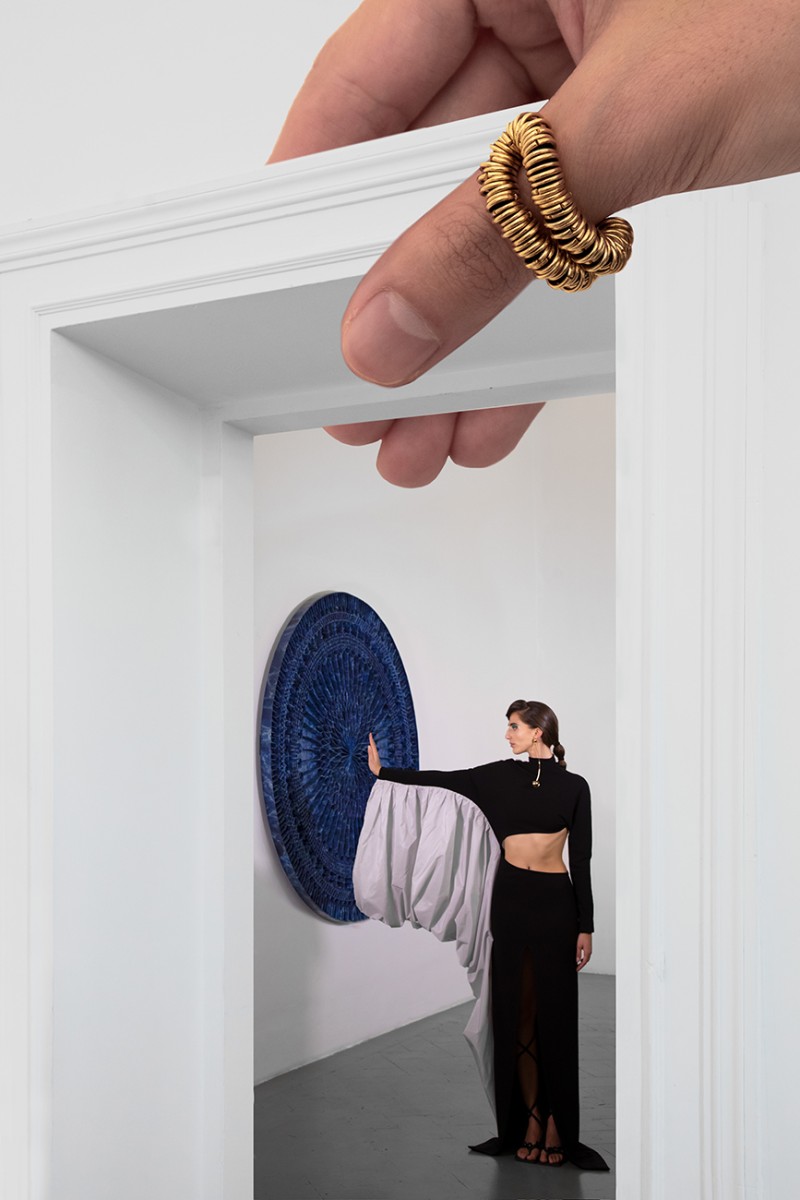
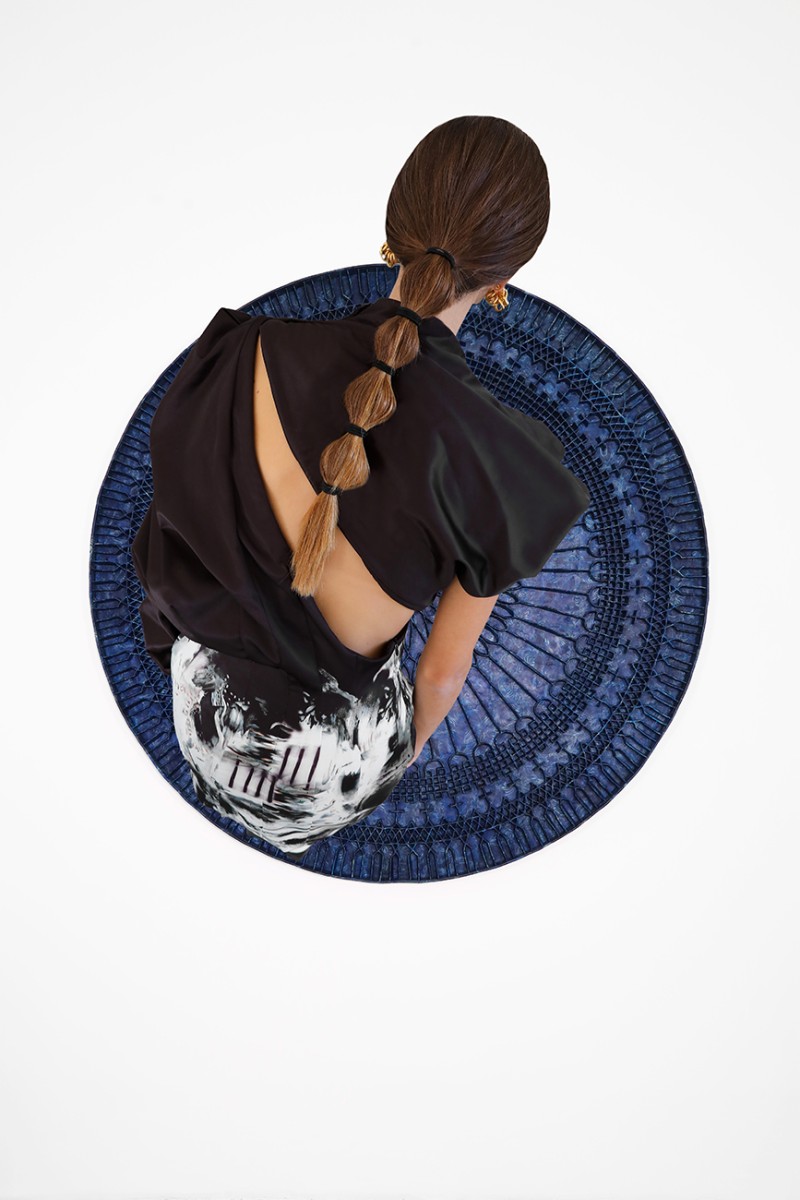

Œ: What’s the story behind your Agoraphobia collection?
Cresta: With this collection, I wanted to conceptually analyse the feeling of Agoraphobia – people’s inability or unwillingness to go outside their comfort zone. The place that keeps us feeling safe is also the place that prevents us from growing. Each garment starts from a basic pattern constructed around a standard silhouette. Using different fabrics, I have created volume in the dresses expanding outside of that silhouette, which represents venturing outside of the safe place.
The Hellenistic Art universe has always been a source of inspiration for me. The sculptures influenced the development of garments – their marble seems soft as is the most voluminous parts of the dresses. I’ve also worked with drapes, inspired by the work of the visual artist, Patty Carroll. The mix of volume and drapes creates balance, aiming to enhance the body rather than hide it. Some parts of the dresses follow the silhouette perfectly and others deform it. In this sense, the collection also analyses the ambiguity of body stereotypes imposed by society.
Œ: Why did you choose the SECCI Gallery in Florence to shoot the editorial?
Cresta: The editorial aims to convey the constant dialogue between fashion and art, not only theoretically but also practically. Through CGI, the artworks are no longer aesthetic backdrops, but an integral part of the images. Working across several perspectives and levels, I have created a third reality, which invites you to leave your comfort zone.

Œ: You mentioned Hellenistic art and the work of Patty Carroll as sources of inspiration for this collection. When designing new garments, is visual art your main source of inspiration?
Cresta: I think inspiration comes from everywhere. I always try to live life to the fullest and absorb my surroundings. Whether observing a painting, building or dress, I am interested in the small details. I try to recreate my own vision of the world through my designs, which I do mostly by accumulating new images and ways of living. I believe we learn the most from environments that are foreign or hostile to us, it allows more unexpected things to enter our world.
Growing up in my mother’s atelier, I had the opportunity to experiment often. When I create garments, I take the metres of fabric and allow what I have unconsciously absorbed to manifest into new shapes and volumes draped over the mannequin. For me, it’s like a ritual.
Œ: Thinking about the process of preparing your next collection, will you continue developing garments in such a spontaneous way?
Cresta: During my time at Polimoda, I began to really understand my aesthetic and created the first collection that represents me as a designer. The Agoraphobia collection is available to order to avoid wasting fabric and I offer the possibility of tailoring each garment to the customer’s measurements – a tradition handed down to me from my mother. As I’m working on my next collection, I’m constantly challenging myself and asking myself questions about how I can improve my practice to create my next world better.
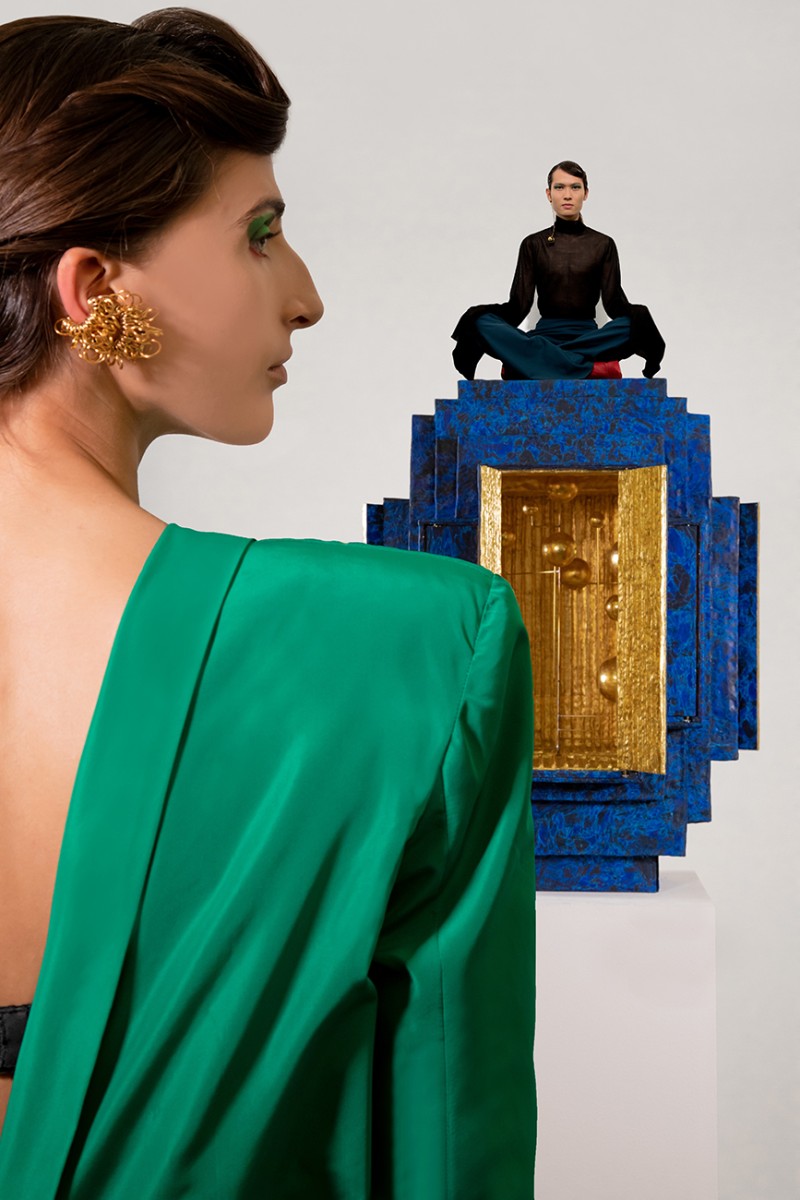
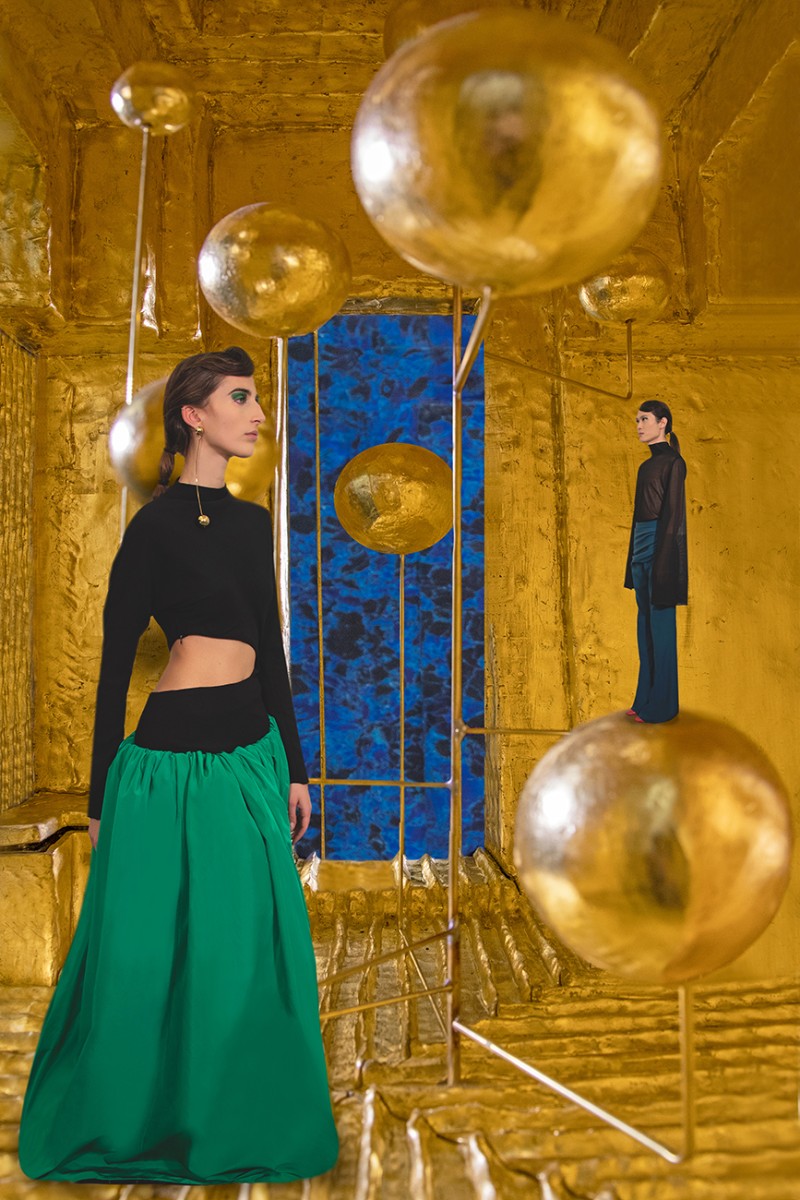
Œ: Besides studying in Naples and Florence, you’ve worked in Milan as a stylist for Gucci and Fattura Studio. What are your thoughts on the current state of the Italian fashion industry?
Cresta: I believe that Italian designers have a lot to tell, the history of our country is complex and aesthetically heterogeneous. From a social point of view, we still have a lot to conquer. I’m working on the front lines and hope even non-fashion enthusiasts will begin to look more carefully at what they buy. I want them to focus not solely on the aesthetics but also on the ethics behind each item. To think about the sustainability of the garments and above all, the respect and pay workers processing the clothing receive. Vivienne Westwood had been saying it for some time: “Buy less, choose well, make it last”, but many people still haven’t learnt this…
Œ: So you’ve told us where you would like to see the industry in the future. Where do you see yourself?
Cresta: I want to continue my personal projects as a designer of course, but I always have other projects on the go within the fashion world. Today there isn’t enough space for massive productions, so I’ll try to make use of my technical skills and my love of tailoring. I will continue to do what I love with passion and perseverance and we’ll see what comes next. In the meantime, you’ll find me daydreaming.
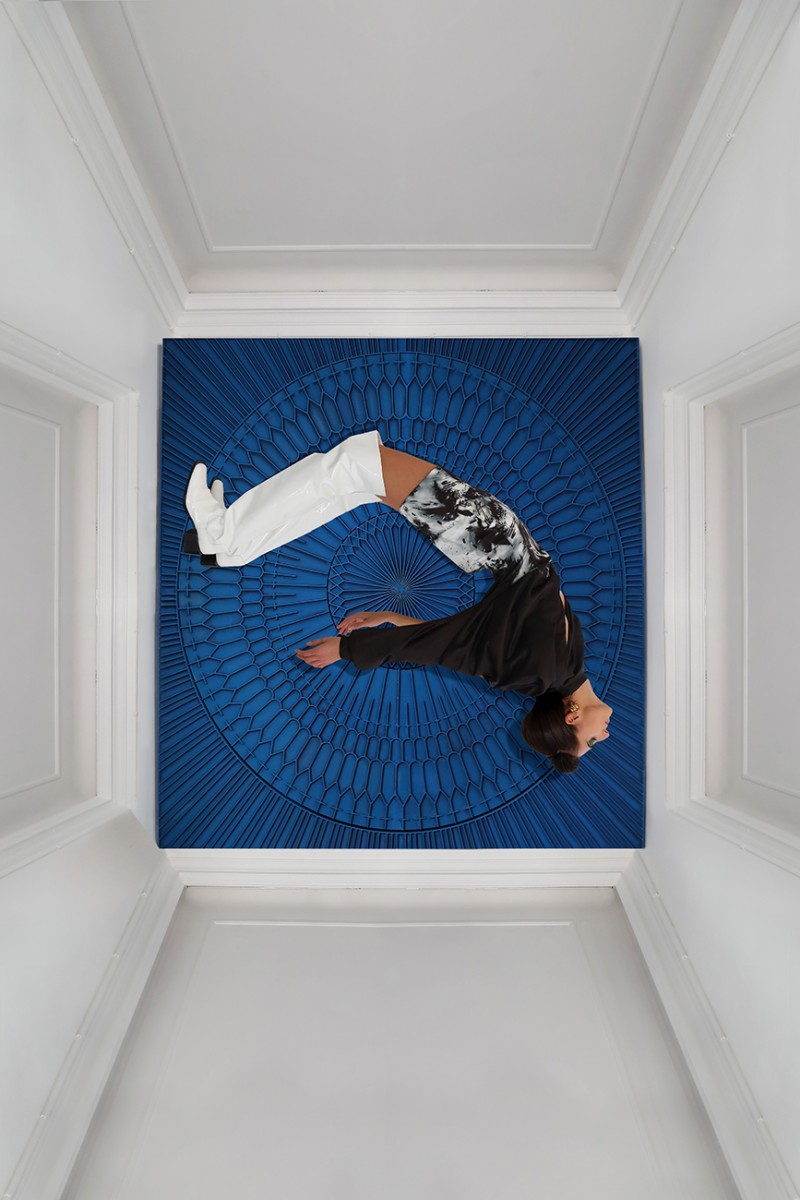
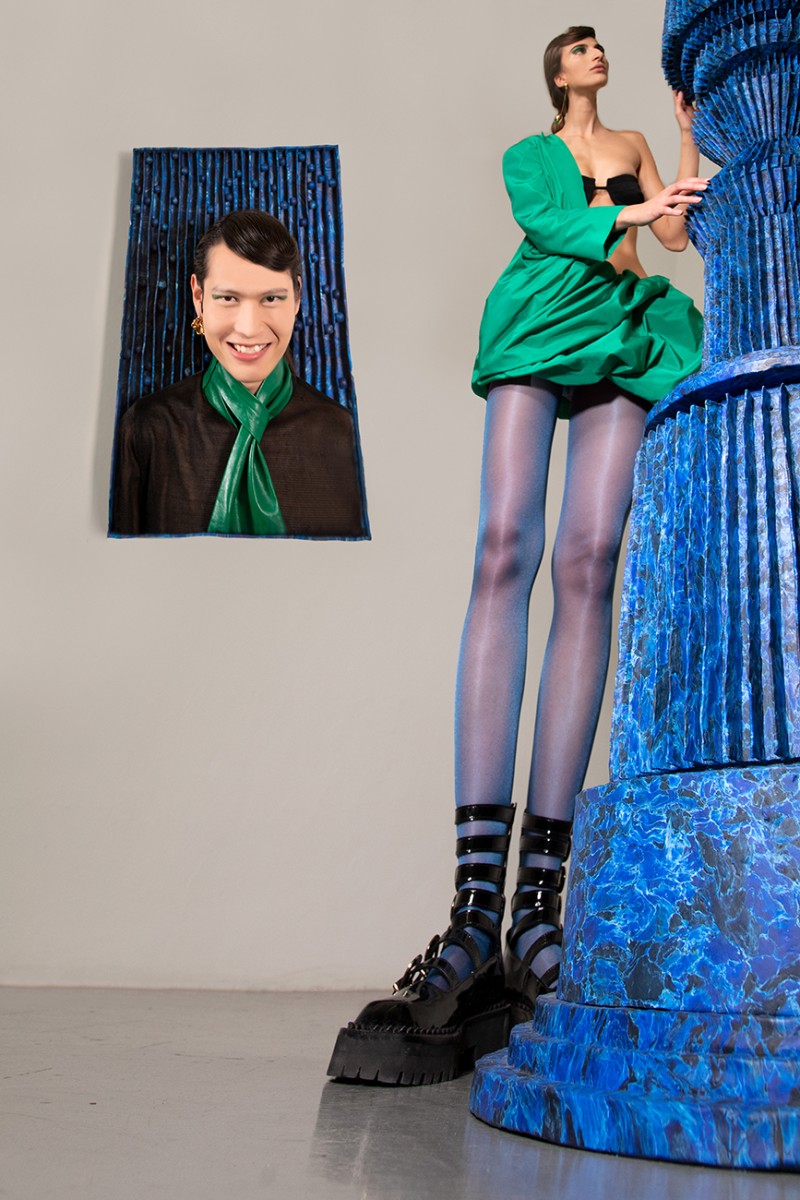
Credits
WORDS
Lucy Rowan
Fashion
Benedetta Cresta
Creative & Art Direction
Sarah Venturini
PhotographY
Dario Cerisano
Production & Styling
Claudia Chiarolanza & Benedetta Cresta
Jewellery
Arianna Fabiano
Shoes
Vivetta
Fashion Assistant
Francesco Giuliani
Photography Assistant
Inman Duyser
Makeup and Hair
Vittoria Peruzzi
Models
Clara Guarnieri and Lee Chen
Modelling Agencies
Casting Firenze and ABC Models Milan
Special thanks to Eduardo Secci Contemporary Firenze
